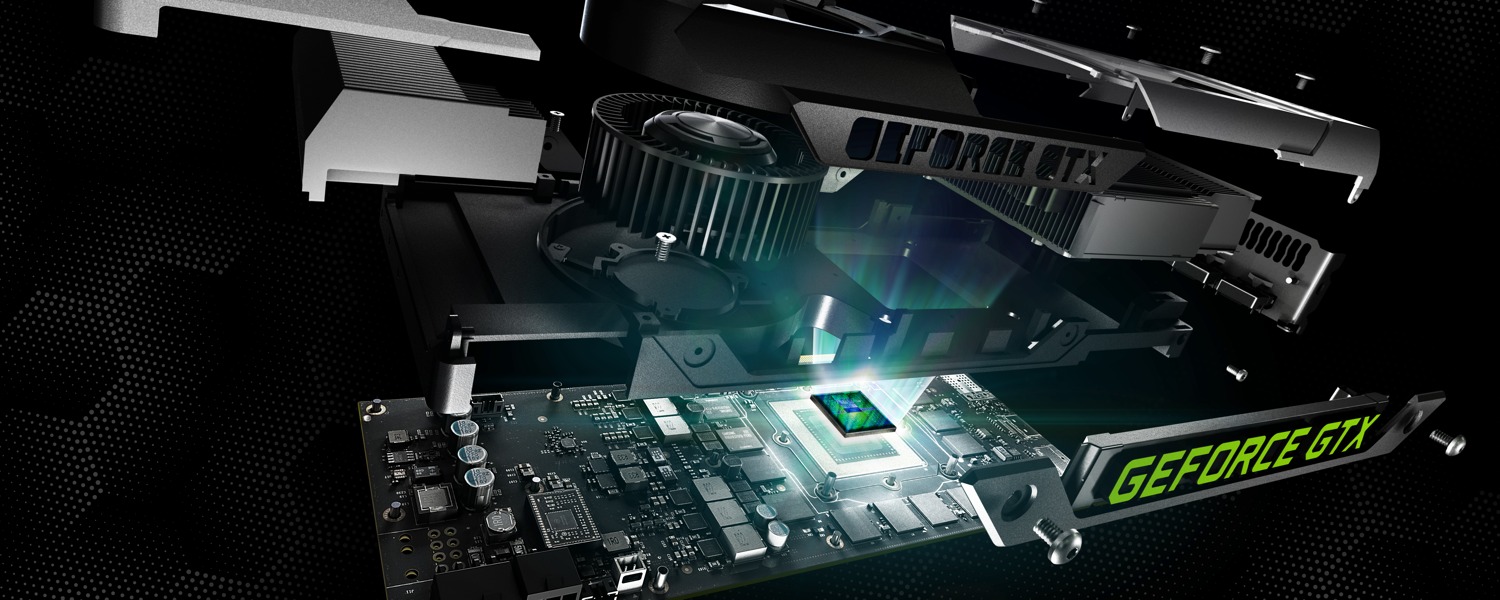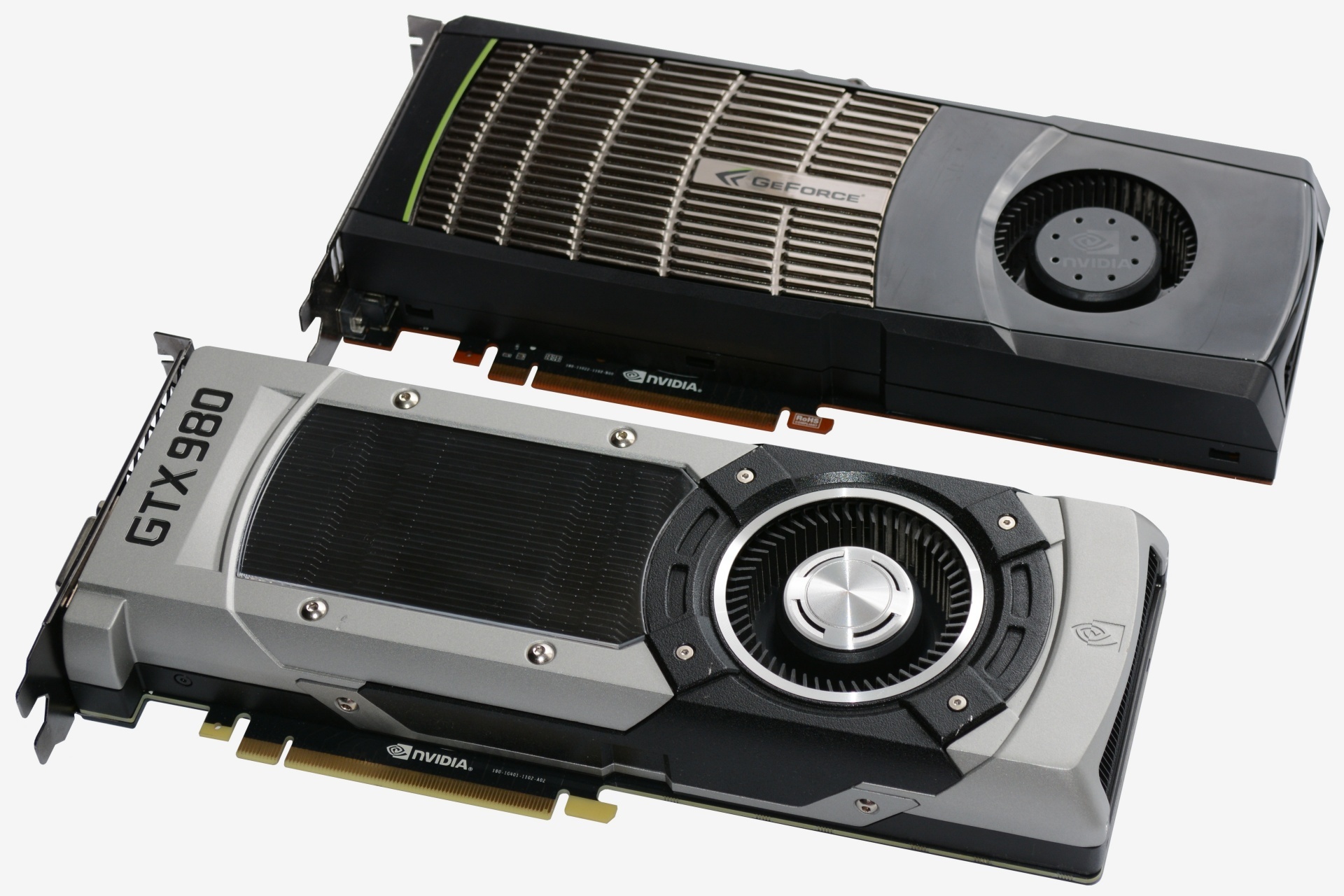It may not seem like it, but we've been gaming on DirectX 11 graphics hardware for half a decade. The AMD Radeon HD 5870 arrived in September 2009, while Nvidia's GeForce GTX 480 shipped six months later – a trivial delay considering there were so few DX11 games available at the time.
The first game to support DX11 was EA's Battleforge in early 2009, a real-time strategy title that tanked big time, selling less than 100,000 copies and eventually becoming a freemium title. More to the point, the DX11 designation was used to hype the product and virtually offered no eye candy to justify the moniker.
It wasn't until 2011 that we started to see games that truly took advantage of the API. Today, most big titles use DX11 thoroughly, and while some offer backward compatibility for DX10, games including The Crew, Far Cry 4, Battlefield 4, and many others use DX11 exclusively.
Upon arrival of every new graphics processor, we usually compare them to their predecessor but rarely go back more than one generation. However, considering how far DX11 support has come and how many driver optimizations there have been, we'd like a better look at past and present performance. Many of you who haven't upgraded GPUs in a year, two, or even more may be pleased to see how performance scales and what to expect in modern games.
Before we jump to the benchmarks, here's a comparison table of the six GPUs we'll be testing. The list includes three major Nvidia architectures released between March 2010 and September 2014: Fermi (GTX 480 and GTX 580), Kepler (GTX 680 and GTX 780), and the company's most recent GPU architecture, Maxwell (GTX 980).
| GeForce | GTX 480 | GTX 580 | GTX 680 | GTX 780 | GTX 780 Ti | GTX 980 |
|---|---|---|---|---|---|---|
| Codename | GF100 | GF100 | GK104 | GK110 | GK110 | GM204 |
| Fab (nm) | 40 | 40 | 28 | 28 | 28 | 28 |
| Transistors (Billion) | 3 | 3 | 3.54 | 7.08 | 7.08 | 5.2 |
| Die size (mm2) | 529 | 520 | 294 | 561 | 561 | 398 |
| SPU | 480 | 512 | 1536 | 2304 | 2880 | 2048 |
| TAU | 60 | 64 | 128 | 192 | 240 | 128 |
| ROP | 48 | 48 | 32 | 48 | 48 | 64 |
| Memory (MB) | 1536 | 1536 | 2048 | 3072 | 3072 | 4096 |
| Bus width (bit) | 384 | 384 | 256 | 384 | 384 | 256 |
| Bandwidth (GB/s) | 177.4 | 192.3 | 192.2 | 288.4 | 336.4 | 224 |
| Release date | Mar-10 | Nov-10 | Mar-12 | May-13 | Nov-13 | Oct-14 |
| Price at release | $500 | $500 | $500 | $650 | $700 | $550 |
The GTX 480, GTX 580 and GTX 680 were clearly the single-GPU flagships for their series, while the GTX 780 was really an extension of the GTX 600 range and when it landed it was second only to the GTX Titan (excluded from this write-up because at $1,000 it was on a different class and hardly made sense to the average gamer for the price).
Six months after the GTX 780 shipped we got an even faster GTX 700 series GPU, the GTX 780 Ti, and then we arrive at the current flagship, the GTX 980. Although the GTX 980 isn't the end of the road for Maxwell with the GTX 980 Ti expected next year, it will be in a similar position to the GTX 780.

